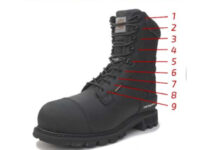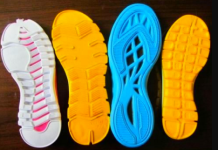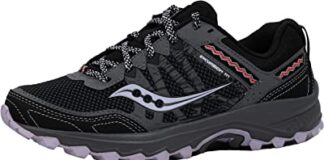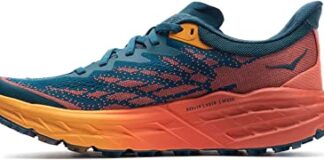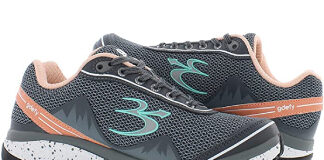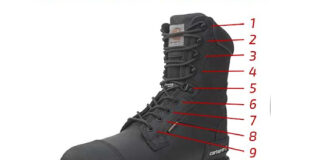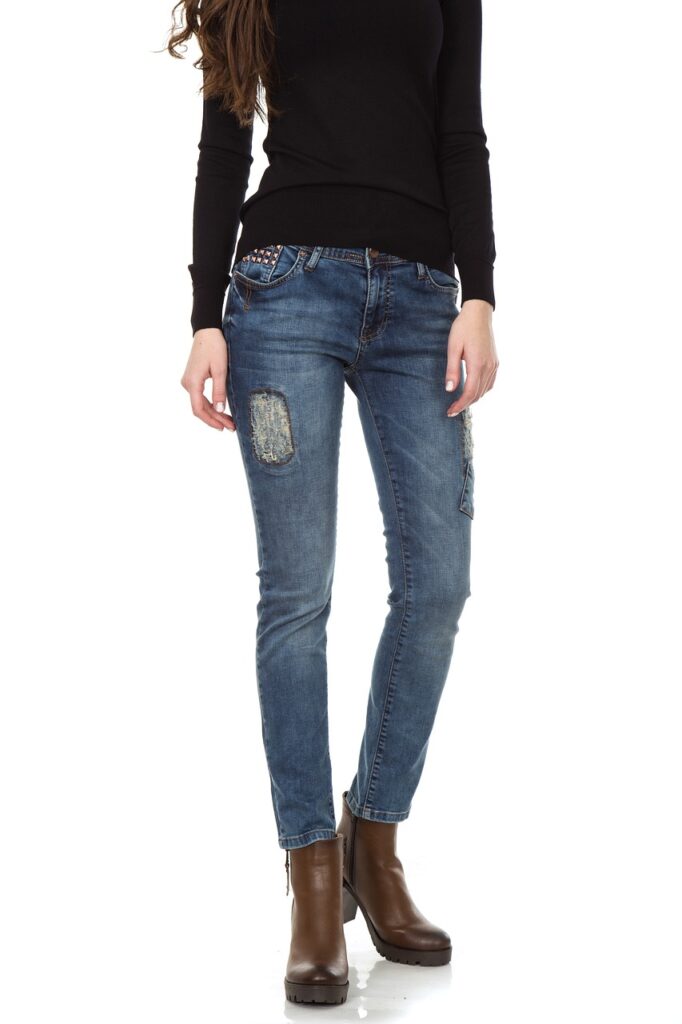
Achieve Comfortable and Properly Fitted Boots Easily
When trying on boots, fitting is the main issue that everyone faces. It is very important to know how your boots should fit. The most important aspect of the proper fitting is the width of the boot. If you have a medium to wide-width foot, you need to make sure that the boot’s widest part of your foot – the ball, will fit snuggly in it. The fit of a boot is determined by the length and width of your foot. When trying on boots, keep in mind that they will stretch to form a snug fit.
The Health Consequences of the Wrong Boot Size
Wearing the wrong boot size has its health consequences. It’s difficult to generalize the effect size has on health, but it would be safe to say that wearing the wrong boot size can cause problems. These issues may include lower back pain, hip pain, muscle strains, nail and foot problems, and more. Larger boots may make your feet too hot in the summertime due to their extra insulation.
When something becomes too warm for you it increases your perception of temperature levels more so than if that same thing is cool or cold. This is why misplaced fashion trends have been associated with walking into traffic to get a “cool” breeze on your skin after entering a building or subway car because they’re so very hot in contrast with the outside weather conditions.
Bunions and hammer toes are a few health effects of wearing the wrong boot sizes. This could be a result of wearing shoes that are too large or small or the wrong shape. One thing that can cause hammer toes is the shape of the foot. If your foot’s shape is not the right one, then the toes will not be arched enough to properly support themselves and you will end up with a hammer toe. The health consequences of wearing the wrong boot can affect your feet and toes in many ways. To avoid this, keep in mind the following five most important things when trying on a pair of boots.
- The Flex Point
As we mentioned above, the width is an important factor, but it comes next to the flex point. Keep in mind that every boot has a natural break point where it wants to bend, whether it’s at the end of a stitched toe box or simply where your toes begin.
The boot must flex at the toe line, where your foot flexes. This is the flex point. A boot that doesn’t flex where you need it to be going to be uncomfortable, you will feel like you are wearing hard boots. Sometimes they can even cause cramps and foot pain because your foot is fighting the boot. It’s not worth it, especially if there are many other great-fitting boots that you can wear instead.
- The Heel
Moving on to the next important factor, the heel. It is ok to have a heel slippage, but not too much. You do not want the heel to slip, or you will end up wearing boot stretchers. This will cause a few issues, the first of which is that it looks bad, and then, once again, it can lead to pain and discomfort. You may even be required to physically walk around in the store for five to ten minutes when trying on boots just to make sure there is no slippage.
A minor heel slip is insignificant and should be corrected as the boot breaks in. Once you can confidently walk around in the boots, it’s time to decide if you want them or not. If the heel slips and causes a few uncomfortable moments during your try-on, then stick with what you know.
If the heel does not slip and causes no issues, then great! You know you can wear them for a long time. If, however, it slips too much then it’s best to stick with something else. There are better options and if your expensive boots have been sitting around for a while without being worn don’t waste your time trying to have perfectly fitting boots that aren’t comfortable enough for anyone to wear.
- The Width
It is critical to remember that the length of your foot does not change throughout the day, but the width does. At the end of the day, your foot swells more, so try on shoes and measure the width in a store. Note whether they fit comfortably or not.
If you need to add additional space in the forepart, then you need slightly wider boots. Lace or cuff down, and they will help take up some of the slack that can appear even after regular boots have been worn for a while. Slight swelling can also be accommodated by using thicker socks in cold climates.
- The Arch
Determine how much arch support your foot type requires and how much the brand provides. If you have high arches, you need to make sure there is enough arch support and toe box room. This will ensure that you do not get blisters or feel too much pressure on the ball of the foot which can cause pain and discomfort. To reduce soreness and prevent injuries, it is best to buy boots with enough arch support for the foot type.
The most common problem with boots that don’t fit correctly is that the wearer does not take into consideration the fact that they will stretch to form a snug fit around their feet. The key is not to wear them all day long when trying them on and it’s best if they are tried on at least three times before being purchased.
- The Toe Box
Never go down a size to get more toe room. Everything that comes before it is infinitely more important. A small toe box can irritate your feet and lead to calluses, whereas a larger one has no disadvantage if your heel, flex point, and width are comfortable.
The toe box is important for style, but it doesn’t play a significant role in fit unless it’s extremely tight. That’s why it is important to try on boots with a variety of toe boxes. Many boots have room in the front and have a narrower toe box. This gives you more opportunities to try on different styles and find the right one that fits your needs.
Read:
How do I know if my boots fit properly?
The best way to determine if your boots are fitting properly is to take a few measurements. This can be done by having your feet measured or by using a handy tool like what we have listed below. You should:
Each time you’re in the boot store, measure three times:
- Measure the length from your heel to the end of your toe from both the inside and outside of the shoe.
- Measure the width at the widest part of the shoe just behind your big toe.
- Measure from side to side at the widest part of your foot’s ball joint (the connection with mid-foot).
How much room should be in a boot?
There should be no room in the heel or the toes and no more than 1/8″ of space between your longest toe and the tip of the boot. If there is room in your boot, then it is too big. Don’t be tempted to go down a smaller size just to get a little more toe room; you will regret it because then you will end up with a painfully tight fit.
What should I expect when trying on boots?
When trying on your boots for fit, expect that you may have to walk around in them for at least five minutes so that your feet can get comfortable and adjust to how they feel. Additionally, you will probably have to stand in one place while you walk around the store a few times; so, don’t be surprised if your feet feel strange.
Usually, there will be a size range of boots at the store. If you are unsure of your size, check it out because most of these stores have no issue swapping sizes in and out. If they do not, then ask them if they would swap; they should without hesitation. Once your order arrives and you try them on, and they do not fit then this is the time to decide whether to keep them.
How to tell if boots are big?
When trying on boots for fit, it’s best to use a tape measure and make sure you’re looking at the widest part of the foot. If your feet feel cramped and uncomfortable from your socks, then these boots are too small.
Otherwise, if you’re not able to get an accurate measurement using a tape measure you can borrow one of these from your local shoe shop:
How tight should boots fit at first?
You should not feel any discomfort or pain. The inner soles should not touch and there should be no more than 1/8″ between the end of your longest toe and the tip of your boot. If you cannot get a measurement on the shaft of your foot, then you may want to check out another store. Boots can fit tight at first, but it’s highly unlikely.
How to tell if boots are too small?
When trying on boots for fit, you should be able to get a measurement on your foot using a tape measure or a partner’s hand. The shaft will likely extend past the biggest toe of your foot by ½”. Otherwise, check out another store. Boots are difficult to fit on the shaft of your foot, but you never know. If there is any space above the longest toe on the foot, then these boots are too small.
Conclusion:
From here, you may choose whether you want to keep the boots. Either way, you must try on a variety of sizes and styles so that you can test and try on different options until you find the ones that fit perfectly.
When trying on boots, it’s best to remove your socks so your feet are naturally relaxed when trying on a boot, though no one will be able to tell if the boot fits just by looking at your feet. You should also walk around in them for several minutes and make sure they feel comfortable when wearing them. You can do this by walking in them while sitting down as well as while standing up, depending upon how long they take off or put on.

